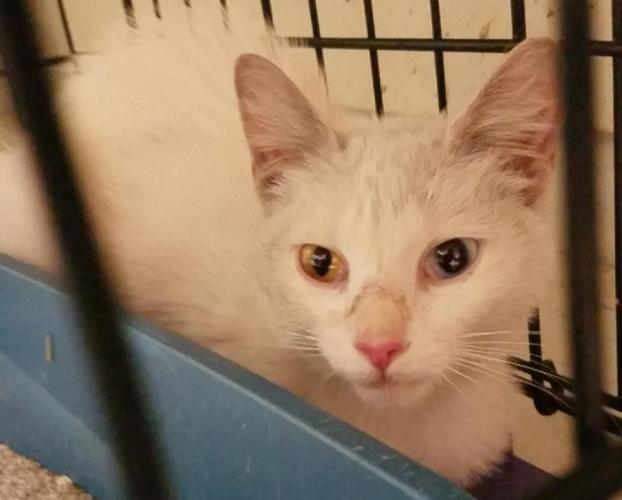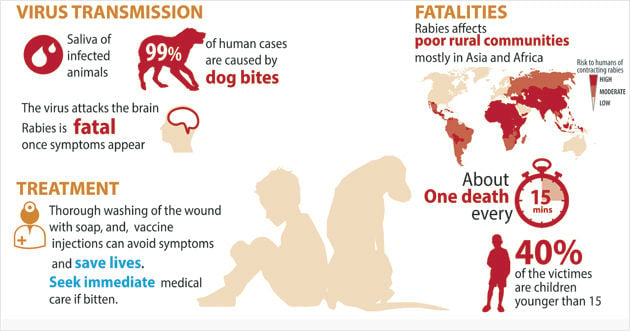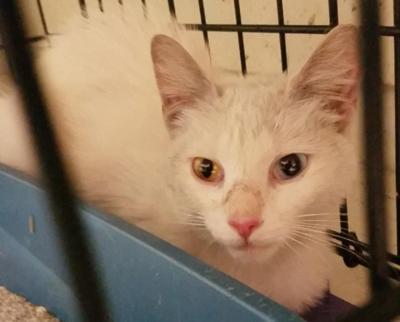An employee of a local animal rescue group has started a series of rabies shots after being exposed last week to an infected cat in Elizabethtown.
Connie Kondravy, director of the Organization for the Responsible Care of Animals, is worried that people in the neighborhood where the cat was found might also have been scratched or bitten — or that other stray and feral cats in the area might also be infected.
Kondravy said her employee responded to a call at Buttonwood Drive on Aug. 25. The call, Kondravy said, was for “a beautiful white cat ... with a bloody wound on her side.”
The cat was snared and taken back to ORCA’s headquarters at 401 E. Orange St. for treatment. Two veterinarians were consulted at different times that day, Kondravy said, neither of whom thought rabies was a concern.
But the cat showed signs of illness, first panting heavily and later lunging at another ORCA employee, Kondravy said.
By Aug. 26, Kondravy said, “she was terrible.”
After the cat tried to escape through an open window and tried to attack an employee, Kondravy made the decision to euthanize the cat and have it tested for rabies. The test came back positive on Tuesday, she said.
Although the cat was always handled with heavy gloves in the office, Kondravy said, the employee who trapped the cat could have been exposed and “absolutely has to have the shots,” according to the state Department of Health.
Limiting exposure
The cat was white, a young adult female, possibly part Siamese, with one blue eye and one green, Kondravy said.
She’s not certain if it was a feral cat, a stray or a housecat that was allowed to roam outside.
Anyone who was bitten or scratched by the animal should contact the state Department of Health or call ORCA at 397-8922, Kondravy said.
“I’m especially worried about children who were in the area, who might have played with the cat,” she said.
A child who got scratched might not think about or tell his or her parents about it, she added.
Kondravy said there’s no way to tell, based on the cat’s injury, how it was infected.
“It could have been another cat, it could have been a vector rabies species like a raccoon, a groundhog or a fox. Maybe a skunk. I don’t think it was a bat, it wouldn’t look like that,” she said.
“But it could be feral cats infecting other feral cats. That’s what’s so terrifying,” Kondravy added. “All these cats out there ... and the problem is getting worse.”
In April, the state Department of Agriculture announced the discovery of nine rabid animals in the mid-state area, including four in Lancaster County.
The cases then involved five raccoons, a fox, a bat and two cats. Humans were exposed in one raccoon case in Lancaster County.




 TOM KNAPP | Staff Writer
TOM KNAPP | Staff Writer


